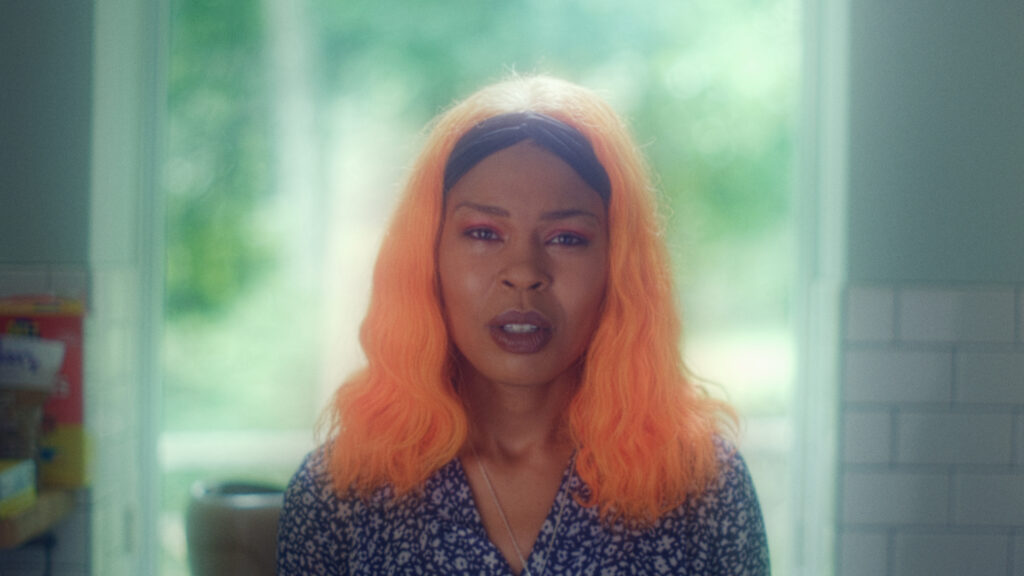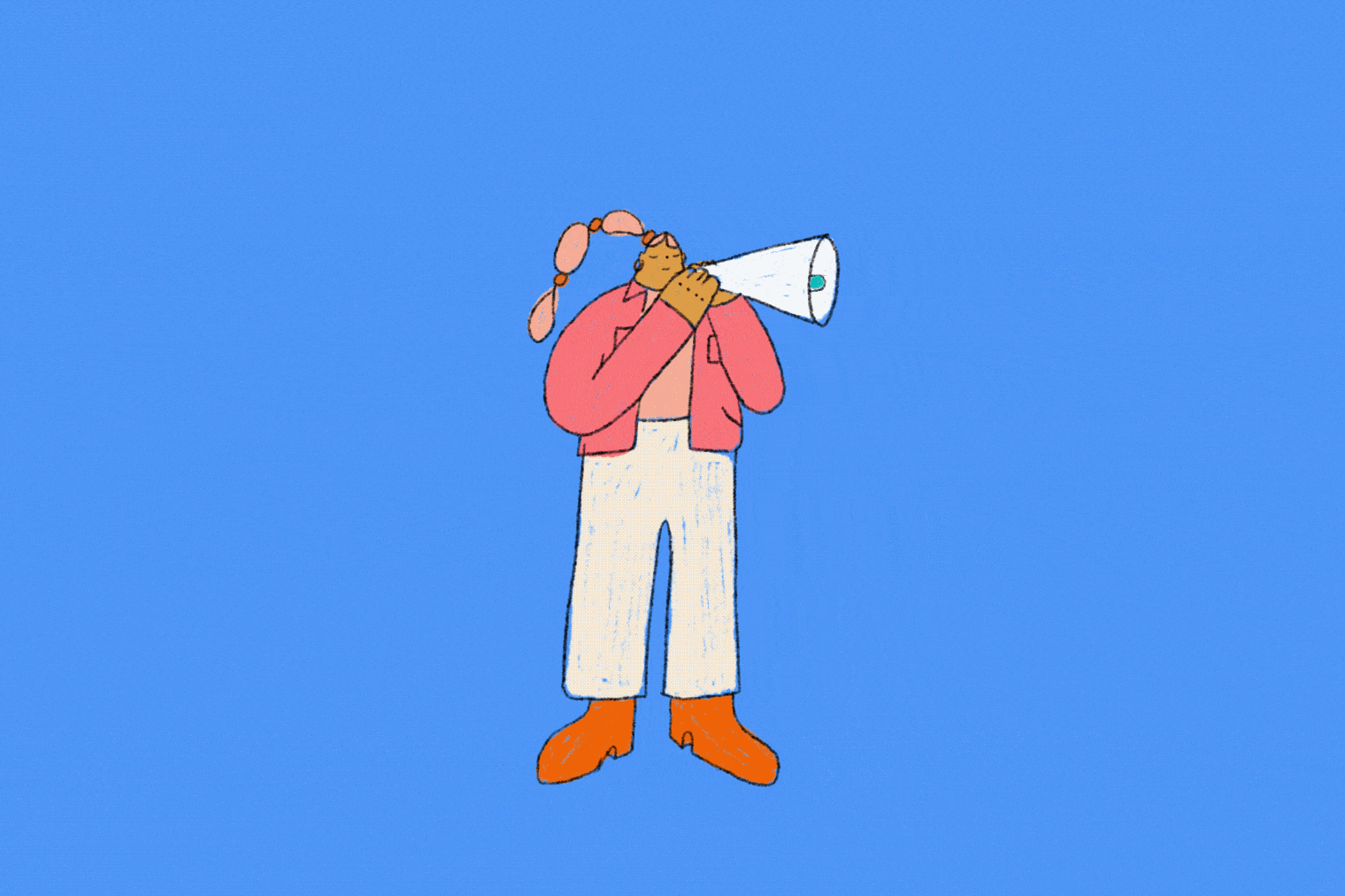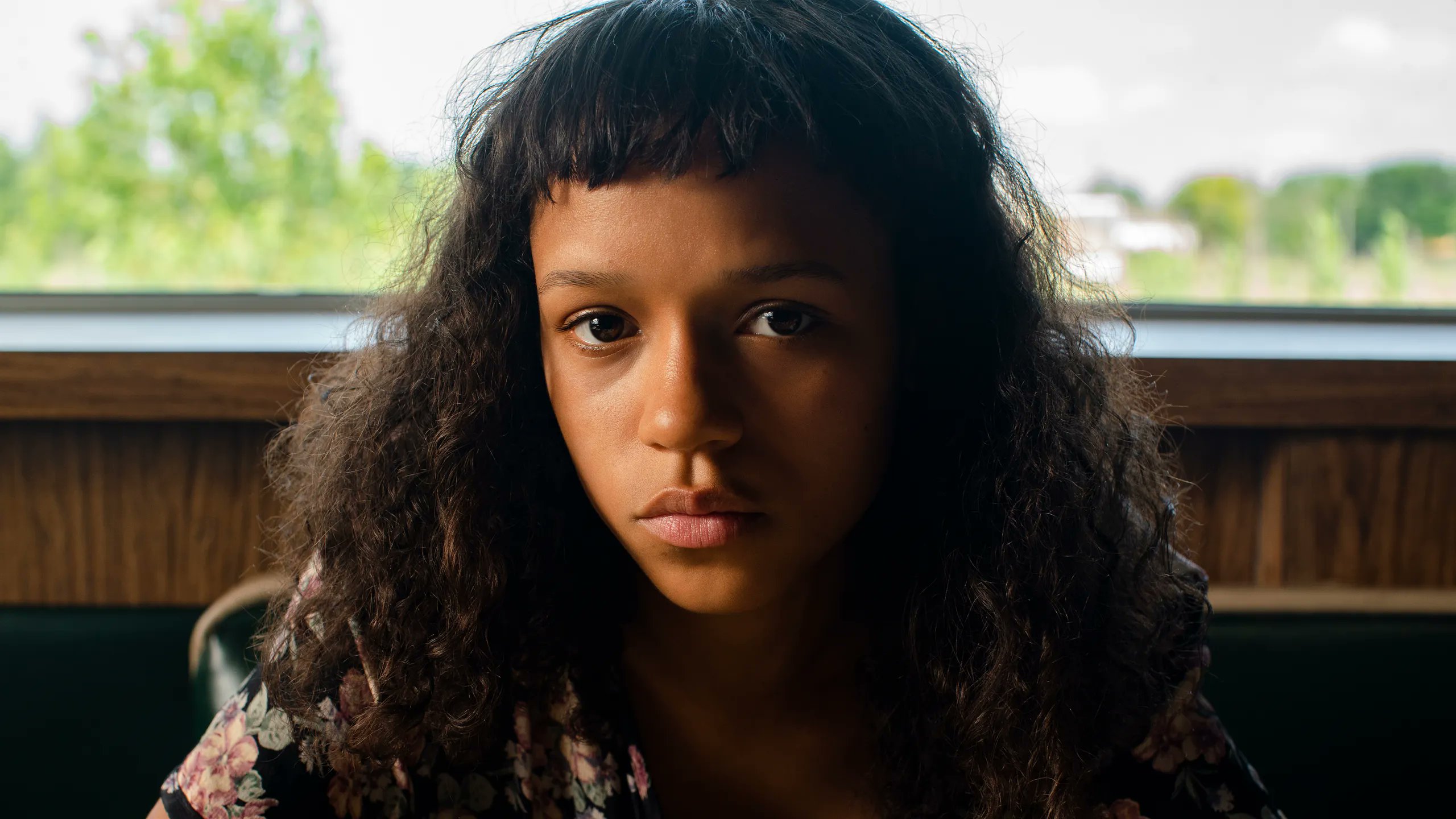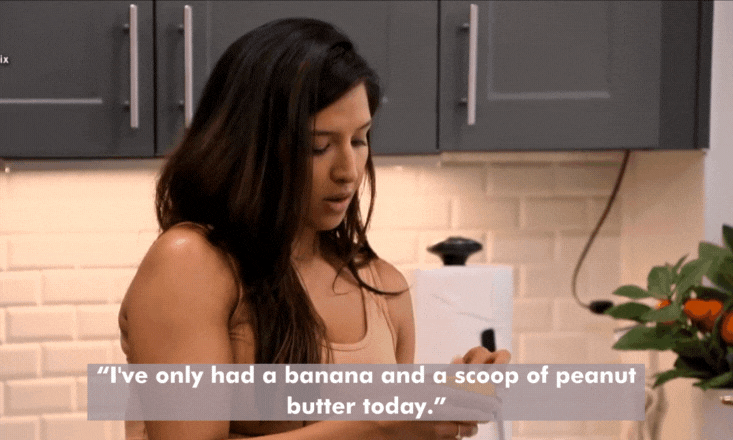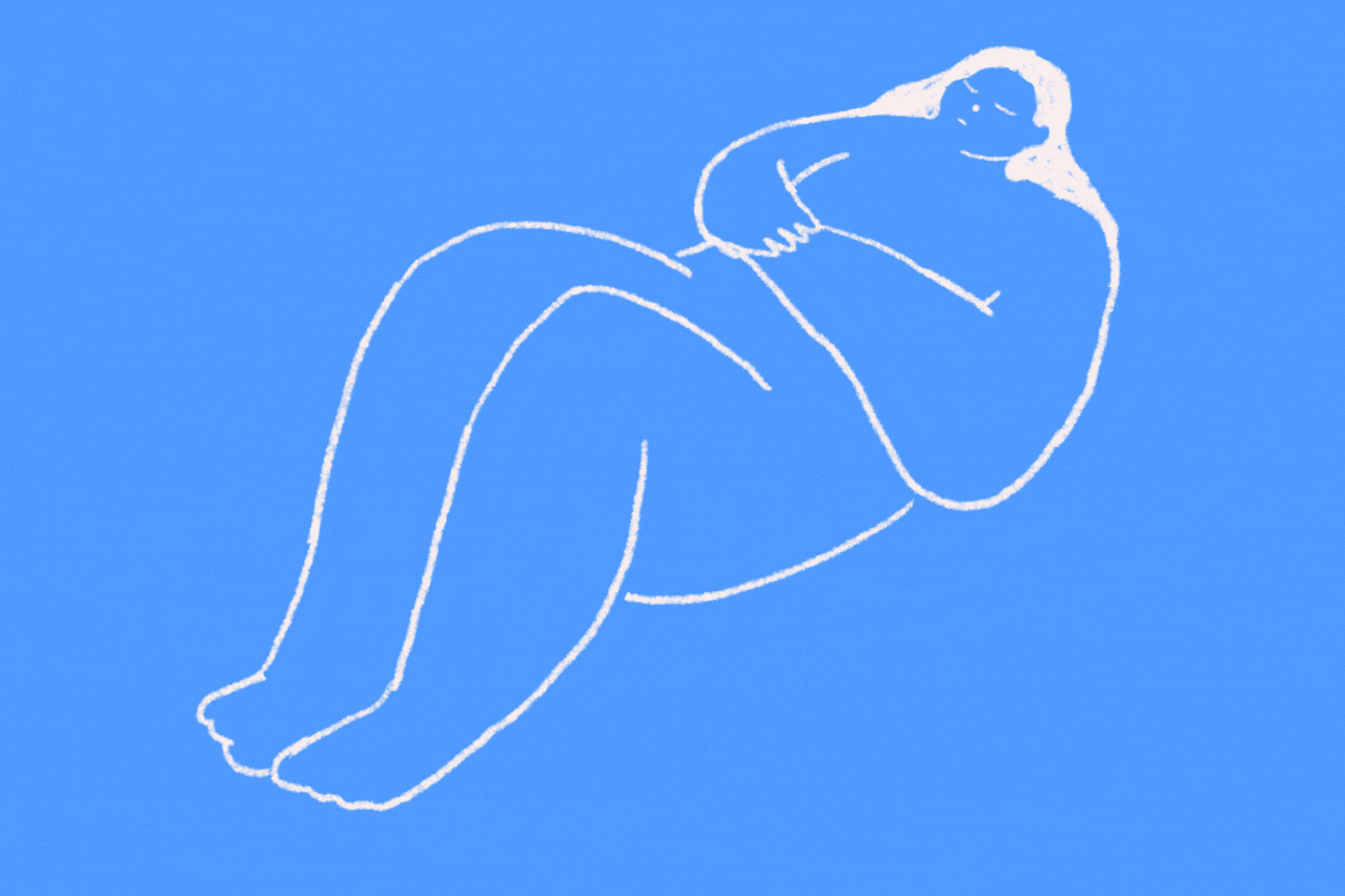With ‘The African Desperate’, director Martine Syms turns the coming-of-age party film into a work of fine art
The 34-year-old’s feature film debut is a technicolour hallucinogenic journey through a day in the life of a fine arts student.
Kemi Alemoru
21 Oct 2022

Danielle Levitt
Supported by MUBI
Martine Syms describes her debut feature film, The African Desperate, as “an odyssey of sorts.” Drenched in colour, teeming with bold ideas, and lacing confusing dynamics with wonky party drugs, the plot follows Palace on the day of her graduation from her master of fine arts course to the end-of-year party. “I was really thinking about a Persephone kind of journey through the underworld,” Martine explains over the phone.
The African Desperate follows a rich lineage of coming-of-age day-to-night tales like Superbad, Dazed and Confused, or the “the 90s party movie Go” and weaves in other references from films Martine binge-watched for research like Spike Lee’s Girl 6 and Requiem for a Dream. But given Martine’s art world standing – she’s been running art spaces since 2007, co-wrote Kanye West’s 2015 VMA speech where he announced his 2020 presidential plans, and has done a solo exhibition at the Museum of Modern Art – she uses this format to peel back the curtain of an elusive and faux-prestigious industry.
“It’s inspired somewhat from my experience in grad school, but also from conversations that arose with Diamond who’s my lead actor,” says Martine. The pair have been friends since Martine was enrolled in her real-life MFA program, when Diamond featured in some of her work.
Martine explains: “She’s been in two other projects I worked on. One called Lessons and also Notes on Gesture, which we shot at my school. It’s actually how she came to New York. She told me not to buy her a return ticket. She said something to the effect of, ‘I don’t know what I would have done if I was in that programme.’” After some conversations with friends and collaborators, the script “came together quickly” to lay bare the ludicrous nature of their lives. She wrote the first draft over the Christmas holidays. “We had a lot of ideas and writing it was making us laugh,” she says.
“Martine is fascinated by the impulses that take over when people enter altered states, the way they surprise themselves, the miscommunications, the confrontations that were already bubbling under the surface”
While the film has been interpreted as a satire by some, Martine clarifies that she wasn’t actually aiming to produce a polemic. “All of the things in the film I’ve either observed or experienced. I think it’s pretty accurate to show how confusing and absurd and awkward moments of racism can be. I don’t think it’s satirical but I think those tones make people grasp for satire,” adds Martine.
As a home-schooled girl in Altadena, a mountainous town not too far from Los Angeles, Martine was surrounded by records, and books. Her mother was into art and writing, and her father was a photographer. She was incubated in the arts and it quickly became part of her DNA. “I’m one of those corny people that was always drawing. I really loved movies and TV,” she says. Since then she has made it her “personal mission, mantra and intention” to find out ways to advance the culture and explore the boundless possibilities as a creator. That’s why she’s a committed multi-hyphenate: a performer, artist, critic, publisher and a filmmaker. She says: “I always try to remember that there’s infinite possibilities. I mean that in the most expansive way possible.”
When she was training to become an artist, Martine didn’t feel her work was like that of her peers. Fittingly, the film is about a character who realises they’re on their own unique path. “The art world operates on a lot of unspoken convention. You don’t have to follow those rules but you get certain reactions for not following them,” she says.
“The African Desperate is an ambitious pastiche of Martine’s interests imbued with her personal experiences of being at the centre of a world that wasn’t built for her”
“It’s also extremely social,” she adds, alluding to how the liberal and experimental setting lends itself to debauchery. The artist is “pretty pro-drug” which is evident in the way the protagonist oscillates through different mental states via the shrooms drops, ketamine, and other substances that she forgets she’s taken by the time she wakes up. Martine is fascinated by the impulses that take over when people enter altered states, the way they surprise themselves, the miscommunications, the confrontations that were already bubbling under the surface. Cue Palace unleashing all of her inner desires and frustrations in a riotous and hazy blur. It is also one of the few representations of black people indulging in drugs recreationally without harsh circumstances – a freedom usually afforded to rich middle class white kids on screen. “Usually if you see a black person with drugs it’s like, ‘and then they died’,” she says bluntly.
The African Desperate is an ambitious pastiche of Martine’s interests imbued with her personal experiences of being at the centre of a world that wasn’t built for her. Taking her foray into feature films marks a new era for an artist with an already impressively free-flowing resume.
“Working on this project was a personal challenge,” she says. “Now I’m getting texts from people in North Carolina or in Amherst, Michigan, Massachusetts or friends in San Francisco, who went to go see a movie and saw my poster, you know, so that’s very different, and feels pretty amazing, exciting, surreal and weird.”
The African Desperate is now streaming exclusively on MUBI. Watch with 30 days free at mubi.com/galdem
The contribution of our members is crucial. Their support enables us to be proudly independent, challenge the whitewashed media landscape and most importantly, platform the work of marginalised communities. To continue this mission, we need to grow gal-dem to 6,000 members – and we can only do this with your support.
As a member you will enjoy exclusive access to our gal-dem Discord channel and Culture Club, live chats with our editors, skill shares, discounts, events, newsletters and more! Support our community and become a member today from as little as £4.99 a month.

